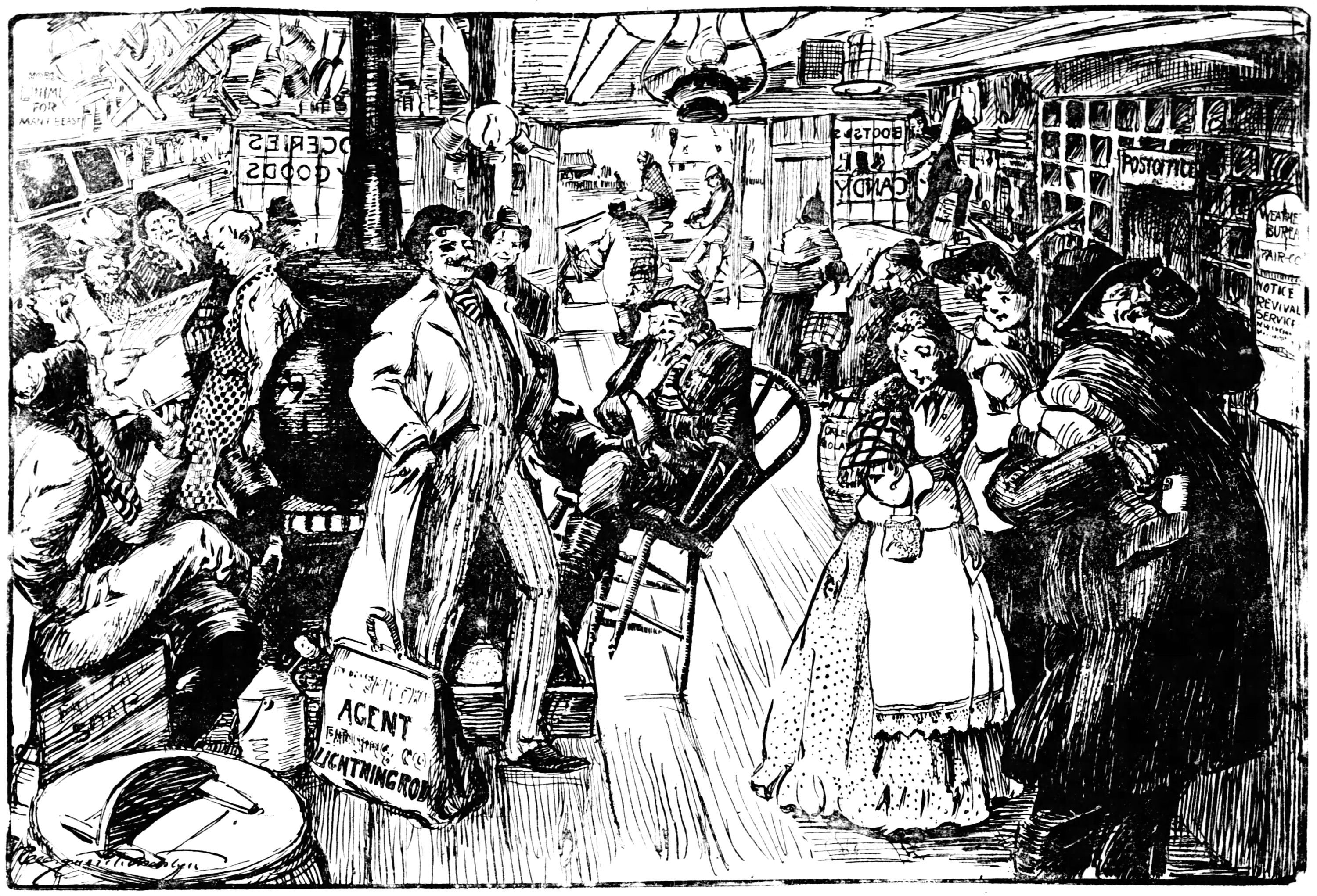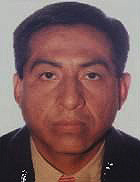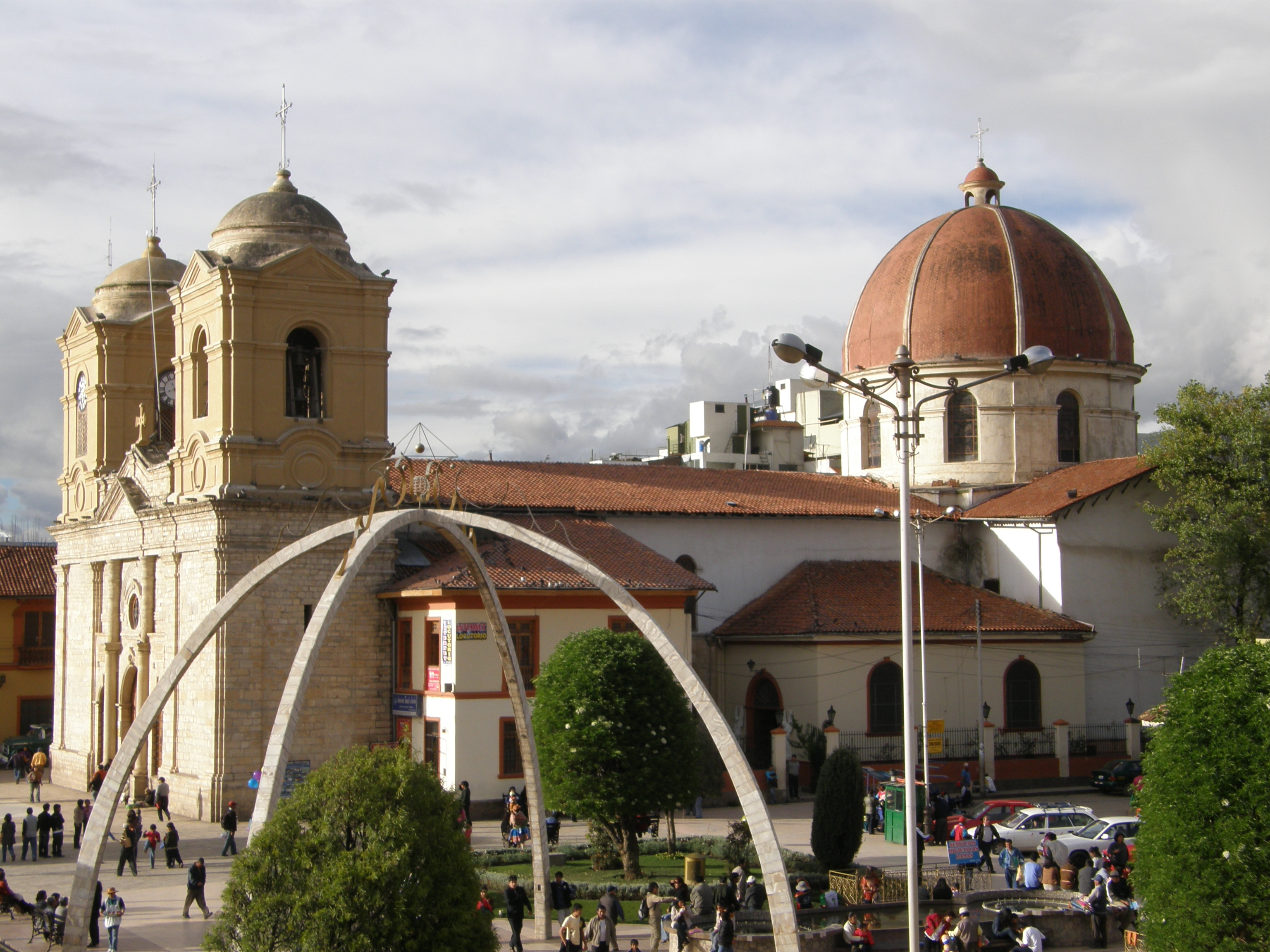|
Correo (newspaper)
''Diario Correo'' is a daily newspaper with national circulation in Peru, directed by Iván Slocovich Pardo, belonging to the El Comercio Group. History It was founded in Tacna, in 1962, by the fishing entrepreneur Luis Banchero Rossi, thus giving beginning to the ''Nacional Periodística Nacional SA, Epensa'' (it replaced the ''Sur'' newspaper there). It stood out at first for carrying out local editions in Arequipa, Piura, Tacna, Huancayo and Cuzco; However, it did not have a defined political position. It reached 150 thousand copies in 1964. In 1974, when the Peruvian press was expropriated by the military government of Juan Velasco Alvarado, this newspaper became directed by Hugo Neira Samanez. Correo circulated in Lima only until the early 1980s, but continued to be published in local editions in some cities in the interior of Peru. However, during the government of Alberto Fujimori, part of his assets were seized. After the fall of the regime, in 2000, it returned to circul ... [...More Info...] [...Related Items...] OR: [Wikipedia] [Google] [Baidu] |
Daily Newspaper
A newspaper is a Periodical literature, periodical publication containing written News, information about current events and is often typed in black ink with a white or gray background. Newspapers can cover a wide variety of fields such as politics, business, sports, art, and science. They often include materials such as opinion columns, weather forecasts, reviews of local services, Obituary, obituaries, birth notices, crosswords, editorial cartoons, comic strips, and advice columns. Most newspapers are businesses, and they pay their expenses with a mixture of Subscription business model, subscription revenue, Newsagent's shop, newsstand sales, and advertising revenue. The journalism organizations that publish newspapers are themselves often Metonymy, metonymically called newspapers. Newspapers have traditionally been published Printing, in print (usually on cheap, low-grade paper called newsprint). However, today most newspapers are also Electronic publishing, published on webs ... [...More Info...] [...Related Items...] OR: [Wikipedia] [Google] [Baidu] |
Cuzco
Cusco or Cuzco (; or , ) is a city in southeastern Peru, near the Sacred Valley of the Andes mountain range and the Huatanay river. It is the capital of the eponymous province and department. The city was the capital of the Inca Empire until the 16th-century Spanish conquest. In 1983, Cusco was declared a World Heritage Site by UNESCO with the title " City of Cusco". It has become a major tourist destination, hosting over 2 million visitors a year and providing passage to numerous Incan ruins, such as Machu Picchu, one of the Seven modern wonders of the world and many others. The Constitution of Peru (1993) designates the city as the Historical Capital of Peru. Cusco is the seventh-most populous city in Peru; in 2017, it had a population of 428,450. It is also the largest city in the Peruvian Andes and the region is the seventh-most populous metropolitan area of Peru. Its elevation is around . The largest district in the city is the Cusco District, which has a po ... [...More Info...] [...Related Items...] OR: [Wikipedia] [Google] [Baidu] |
Newspapers Published In Peru
A newspaper is a Periodical literature, periodical publication containing written News, information about current events and is often typed in black ink with a white or gray background. Newspapers can cover a wide variety of fields such as politics, business, sports, art, and science. They often include materials such as opinion columns, weather forecasts, reviews of local services, Obituary, obituaries, birth notices, crosswords, editorial cartoons, comic strips, and advice columns. Most newspapers are businesses, and they pay their expenses with a mixture of Subscription business model, subscription revenue, Newsagent's shop, newsstand sales, and advertising revenue. The journalism organizations that publish newspapers are themselves often Metonymy, metonymically called newspapers. Newspapers have traditionally been published Printing, in print (usually on cheap, low-grade paper called newsprint). However, today most newspapers are also Electronic publishing, published on webs ... [...More Info...] [...Related Items...] OR: [Wikipedia] [Google] [Baidu] |
Ojo (newspaper)
''Ojo'' is a Peruvian tabloid newspaper founded in 1968 by businessman Luis Banchero Rossi. History Ojo was founded on March 14, 1968, as a morning newspaper in Lima. Its founder was the businessman Luis Banchero Rossi, who had already founded the newspaper chain ''Correo'', under the leadership of the ''Empresa Periodística Nacional SA'' (Epensa). For this journalistic adventure, Banchero counted his brother-in-law Enrique Agois Paulsen as a partner. Its first director was Raúl Villarán and the value of each copy was S/.1.00. After the murder of Luis Banchero, the Agois family continued to run the Epensa journalism company. Both ''Correo'' and ''Ojo'' were seized at the hands of the military dictatorship of Juan Velasco Alvarado Juan Francisco Velasco Alvarado (June 16, 1910 – December 24, 1977) was a Peruvian Army general, general who served as the President of Peru after a successful 1968 Peruvian coup d'état, coup d'état against Fernando Belaúnde's presidenc ... [...More Info...] [...Related Items...] OR: [Wikipedia] [Google] [Baidu] |
Perú 21
Peru, officially the Republic of Peru, is a country in western South America. It is bordered in the north by Ecuador and Colombia, in the east by Brazil, in the southeast by Bolivia, in the south by Chile, and in the south and west by the Pacific Ocean. Peru is a Megadiverse countries, megadiverse country, with habitats ranging from the arid plains of the Pacific coastal region in the west, to the peaks of the Andes mountains extending from the north to the southeast of the country, to the tropical Amazon basin rainforest in the east with the Amazon River. Peru has Demographics of Peru, a population of over 32 million, and its capital and largest city is Lima. At , Peru is the List of countries and dependencies by area, 19th largest country in the world, and the List of South American countries by area, third largest in South America. Pre-Columbian Peru, Peruvian territory was home to Andean civilizations, several cultures during the ancient and medieval periods, and has one o ... [...More Info...] [...Related Items...] OR: [Wikipedia] [Google] [Baidu] |
Internal Conflict In Peru
The internal conflict in Peru is an armed conflict between the Government of Peru and the Maoist guerrilla group Shining Path. The conflict's main phase began on 17 May 1980 and ended in December 2000. From 1982 to 1997 the Túpac Amaru Revolutionary Movement (MRTA) waged its own insurgency as a Marxist–Leninist rival to the Shining Path. As fighting intensified in the 1980s, Peru had one of the worst human rights records in the Western Hemisphere and experienced thousands of forced disappearances while both the Peruvian Armed Forces and Shining Path acted with impunity, sometimes massacring entire villages. 50,000 to 70,000 people were killed, making it the bloodiest war in the country's independent history. This includes many civilians who were deliberately targeted by all factions. The Indigenous peoples were disproportionately targeted, with 75% of those killed speaking Quechua as their native language. Since 2000, the number of deaths has dropped significantly a ... [...More Info...] [...Related Items...] OR: [Wikipedia] [Google] [Baidu] |
La República
''La República'' () is a Peruvian newspaper based in Lima, Peru. It is one of the two main national daily newspapers sold all over the country since it was founded on November 16, 1981. History Founding and early history The paper was founded in 1981 by Gustavo Mohme Llona, a former member of the Peruvian Congress. Peruvian journalist Guillermo Thorndike served as the newspaper's founding editor and had previous experience working for many newspapers in Peru. Under Mohme's leadership, the newspaper was against the candidacy of Mario Vargas Llosa in the 1990 Peruvian general election. Fujimori administration ''La República'' was also the main newspaper in opposition to the government of President Alberto Fujimori, who was in office from 1990 to 2000, reporting on illegal actions performed by the government, Peruvian Armed Forces and intelligence agencies. During his government, journalists from the newspaper faced violence and were placed under surveillance by the ... [...More Info...] [...Related Items...] OR: [Wikipedia] [Google] [Baidu] |
Alberto Fujimori
Alberto Kenji Fujimori Fujimori (26 July 1938 – 11 September 2024) was a Peruvian politician, professor, and engineer who served as the 54th president of Peru from 1990 to 2000.* * * * * * * Born in Lima, Fujimori was the country's first president of Japanese descent, and was an agronomist and university rector prior to entering politics. Fujimori emerged as a politician during the midst of the internal conflict in Peru, the Peruvian Lost Decade, and the ensuing violence caused by the far-left guerilla group Shining Path. In office as president, Fujimori implemented a series of military reforms and responded to Shining Path with repressive and lethal force, successfully halting the group's actions. His economic policy and his neoliberal political ideology of Fujimorism rescued Peru's economy and transformed its governance in the midst of its internal conflict. However, his administration was also controversial for alleged abuses of human rights and authoritarian t ... [...More Info...] [...Related Items...] OR: [Wikipedia] [Google] [Baidu] |
Juan Velasco Alvarado
Juan Francisco Velasco Alvarado (June 16, 1910 – December 24, 1977) was a Peruvian Army general, general who served as the President of Peru after a successful 1968 Peruvian coup d'état, coup d'état against Fernando Belaúnde's presidency in 1968. Under his Revolutionary Government of the Armed Forces of Peru, presidency, nationalism, as well as left-leaning policies that addressed Indigenous peoples of Peru, indigenous Peruvians, such as nationalization or Peruvian Agrarian Reform, agrarian reform were adopted. These policies were reversed after another Tacnazo, coup d'état in 1975 led by his Prime Minister, Francisco Morales Bermúdez. Velasco had a confrontational foreign policy towards the United States, as he pushed for renegotiation of treaties and criticized what he perceived as a pernicious dependence of Latin American states on the United States. While he strengthened Peruvian relations with the Soviet Union, Velasco was firmly anti-communist. His foreign policy h ... [...More Info...] [...Related Items...] OR: [Wikipedia] [Google] [Baidu] |
Revolutionary Government Of The Armed Forces Of Peru
The Revolutionary Government of the Armed Forces () was a military dictatorship that ruled Peru from 1968 to 1980 after a successful 1968 Peruvian coup d'état, coup d'état by the Armed Forces of Peru. Official Peruvian historiography refers to this period as that of Radical military reform (). The Revolutionary Junta, headed by Juan Velasco Alvarado, appointed him as the ''de facto'' leader of the government, which promoted revolutionary nationalism and left-wing politics, left-wing ideas that left a deep impact in the country. Among the policies promoted were the promulgation of Peruvian Agrarian Reform, agrarian reform, the official recognition of Quechuan languages, Quechua, an increase of worker's rights, and the empowerment of Trade union, workers' unions and Indigenous peoples of Peru, indigenous Peruvians. Other measures, however, such as the nationalization of natural resources and the expropriation of companies and the media, generated a Economy of Peru#Revolutionary Gov ... [...More Info...] [...Related Items...] OR: [Wikipedia] [Google] [Baidu] |
United States Government Publishing Office
The United States Government Publishing Office (USGPO or GPO), formerly the United States Government Printing Office, is an agency of the legislative branch of the United States federal government. The office produces and distributes information products and services for all three branches of the Federal Government, including U.S. passports for the Department of State as well as the official publications of the Supreme Court, the Congress, the Executive Office of the President, executive departments, and independent agencies. An act of Congress changed the office's name to its current form in 2014. History Establishment of the Government Printing Office The Government Printing Office was created by congressional joint resolution () on June 23, 1860. It began operations March 4, 1861, with 350 employees and reached a peak employment of 8,500 in 1972. The agency began transformation to computer technology in the 1980s; along with the gradual replacement of paper with el ... [...More Info...] [...Related Items...] OR: [Wikipedia] [Google] [Baidu] |
Huancayo
Huancayo (; in , '(place) with a (sacred) rock', ) is the capital of the Junín Region and Huancayo Province, in the central highlands of Peru, in the Mantaro Valley and is crossed by the Shullcas, Chilca and Mantaro rivers. It was founded as a reduction by the name Santísima Trinidad de Huancayo on 1 June 1572, by Don Jerónimo de Silva, a Spanish conquistador. It is the fifth largest city in Peru, with a population of 500,000 and is among the highest cities in Peru, with an altitude of 3,256 meters (10,692 feet) above sea level. It is considered the economic and social center of central Peru The Huanca people largely inhabited the area even before the Inca Empire at around 500 BC. They would later form the so-called Huanca kingdom.They were incorporated into the Inca Empire, becoming a stopping point along the Qhapaq Ñan, the section that runs through the city, which today is called Calle Real. Upon the arrival of the Spanish conquistadors notably Francisco Pizarro, the ... [...More Info...] [...Related Items...] OR: [Wikipedia] [Google] [Baidu] |





